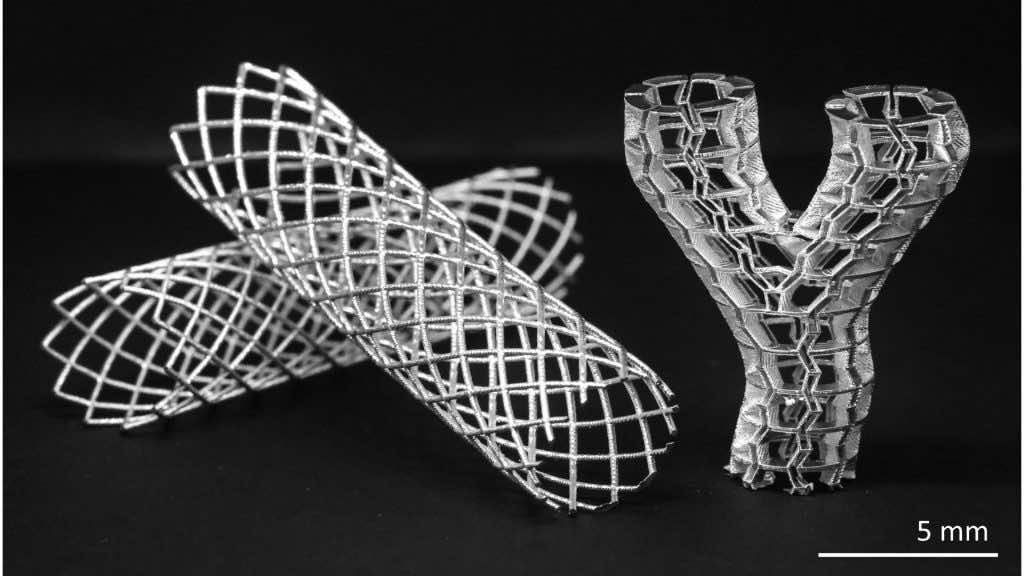Researchers at the University of Hong Kong have come up with the most scientific and economic approach to convert 3D printable polymers into lightweight, low-cost, and biocompatible hybrid carbon micro lattices. Not only this, but these micro lattices have proved to be 100 times stronger than those of the traditional polymers used. The researchers say that this brand-new technique of transformation will help us develop complex 3D parts with customized mechanical properties for different purposes. This could include coronary stents and bio-implants, etc. It’s really exciting to see what’s in the details of the project, as it would offer more bangs for the buck. However, the research work has been published in Matter.
According to Professor Lu Yang in the Department of Mechanical Engineering, who also led the research team, stated, “3D printing is becoming a ubiquitous technology for producing geometrically complex components with unique and tuneable properties. Strong and tough architected components usually require metals or alloys to be 3D printed, but they are not easily accessible owing to the high cost and low resolution of commercial metal 3D printers and raw materials.” he further said:
“Polymers are more accessible but typically lack mechanical strength or toughness. We found a way to convert these weaker and brittle 3D-printed photopolymers into ultra-tough 3D architectures comparable to metals and alloys just by heating them under the right conditions, which is surprising.” It should be noted that there are certain circumstances in which “advanced fabrication” is required to achieve the process of developing micro lattices.
On the other hand, researchers wanted to not only develop these micro lattices but also make them more efficient by escalating their strength and ductility. For this, they have incorporated the method known as “pyrolysis”. During the research, Professor Lu Yang encountered a “magic-like” phenomenon that automatically increased the strength of this polymer up to 100 times and also caused a two-fold increase in its ductility as well.
However, one of the most important things to take into consideration is the ratio of polymer to carbon fragments. This is because using too many carbon fragments makes the substance brittle, and using too few of them could cost its strength. Hence, by taking a deeper dive into the parameters, the researchers have finally managed to develop an “ideally carbonized polymer lattice” and achieve the milestone. Seeing the success, Professor Lu said, “Our work provides a low-cost, simple, and scalable route for making lightweight, strong, and ductile mechanical metamaterials with virtually any geometry.”

